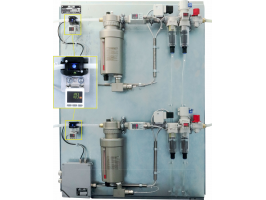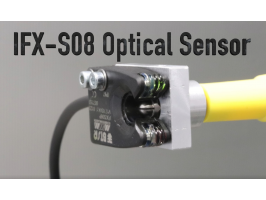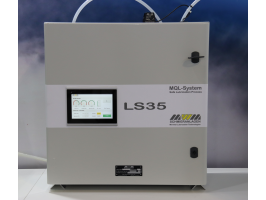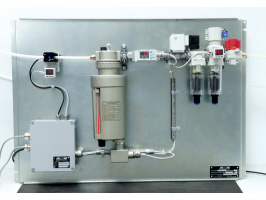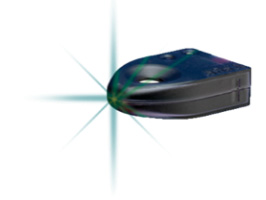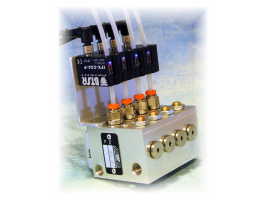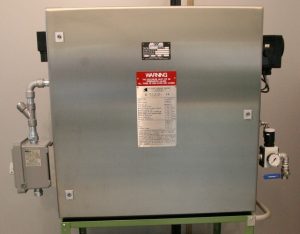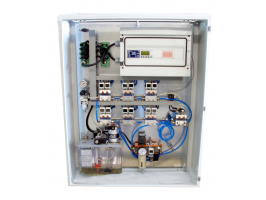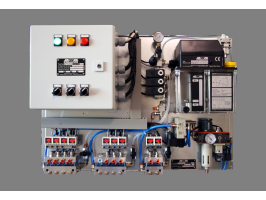The IFL-A sensor allows the immediate detection of micro flow rate. The sensor is based on laser interferometry technology and is designed so that it can measure extremely low flow rates as low as a few drops per hour with extreme accuracy, thus ensuring effective and instantaneous detection of minimum micro flow rates.
The detection of pre-set value of flow rate causes the turning on of green LED. Any flow interruption or change (increase or decrease) in fluid flow compared to the target value generates an external signal and a red LED light turns on. Configurable control range with min and max value thresholds. The check reference flow rate is set at first programming stage; a programming software PC compatible can also be used (see optional).
Application/use:
To monitor micro flow rate. Unmatched detection of micro flow rate of viscous liquids or sanitary liquids. E.g. monitor lubricating lines to prevent overheating or damage as minimal lubrication, monitor for clogs in spraying lines to ensure the proper amount of liquid has been applied, for spraying and coating, for chemical mixing as monitoring of mixing fluid, in product filling to verify the correct amount of fluid has been added to a package or container.
Special technical features/innovations:
- Electronic and optical control through LED
- High measuring precision
- Full scale calibration
- Programmable by means of external terminal or application software
- Easy installation and compact construction.
- Functional mode: dispensing and flowmeterig
Key points:
- Capable of measuring a minimum flow rate of three drops of lubricant per hour, considering an oil drop size of 10 mm3.
- Guarantee a steady and homogeneous supply of lubricant starting from a minimal flow rate of 30 mm3/h.
- Set need-based lubrication: on oil flow rate can be used to process-based adjustment of oil supply.
- Suitable for continuous or discontinuous oil flow measuring or for lubricant lack detection
- Programmable sensor on basis of application fluid and needs.
- Able to detect viscosity changes, since measures the oil particle speed.





